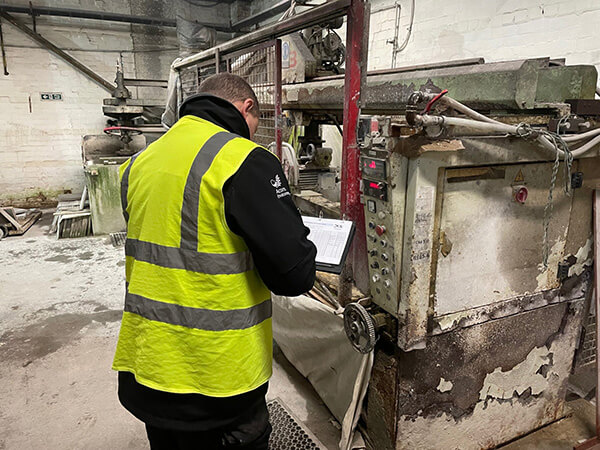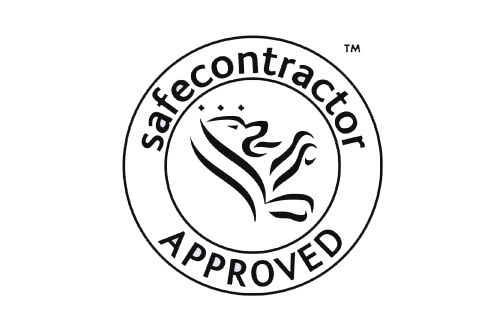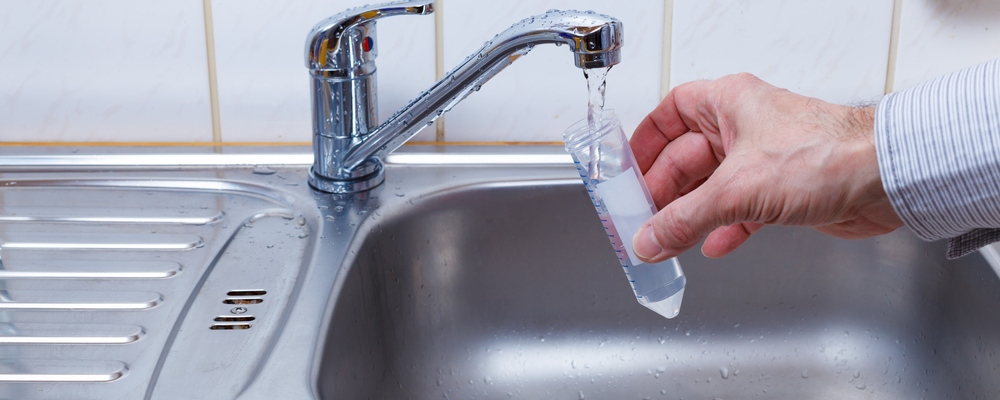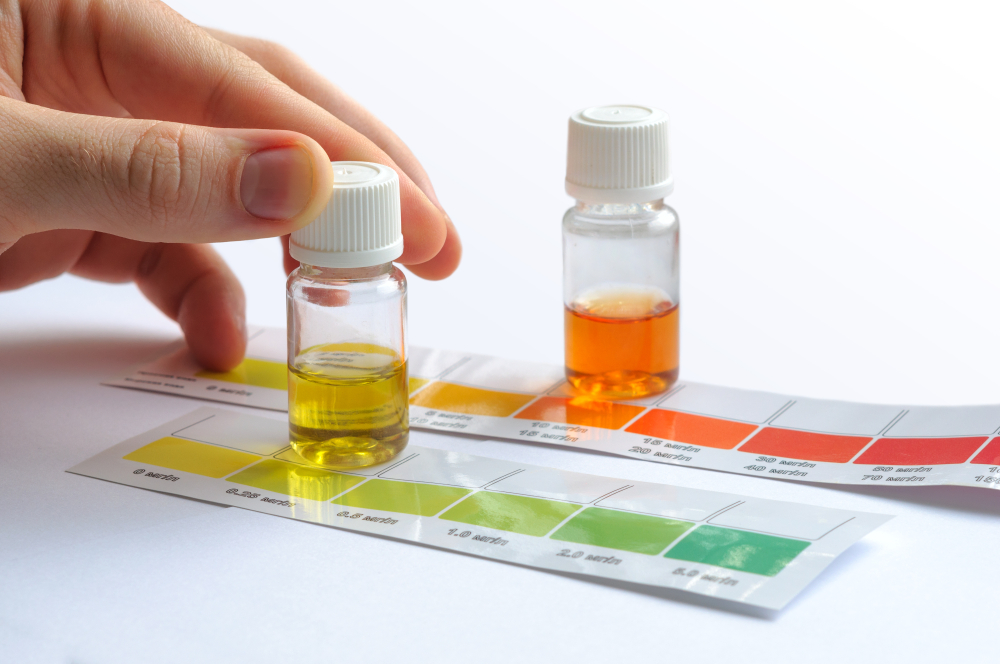Need a water test? Call Acorn Environment Services Ltd
Get started
Get a free quote from the water hygeine team"*" indicates required fields






Clean water is a cornerstone of public health and safety. Ensuring water is clean and free from harmful contaminants is crucial, not just for drinking, but also for the environments we live and work in.
Among the risks associated with unclean water is Legionnaires’ Disease, a complex and often not fully understood illness. In this blog post, we will shed light on Legionnaires’ Disease, exploring its causes, symptoms, and treatments.
Our aim is to answer all the questions you might have about this disease, so you, your family and your employees can stay informed and stay safe. Let’s get into it.
What Causes Legionnaires Disease?
Legionnaires Disease is a form of severe pneumonia caused by Legionella bacteria. While it is most common in warm, stagnant water, Legionella bacteria can be found in both natural water sources, like ponds, lakes and rivers, as well as man made water sources. These can include:
- Hot and cold water systems
- Plumbing systems
- Air conditioning units
- Whirlpool spas
- Fountains
- Swimming pools
- Cooling towers
Legionnaires disease isn’t spread from person to person, instead it is caught when people inhale contaminated water droplets. It can also be transmitted through drinking water that contains the bacteria. While Legionnaires disease is only contracted through direct exposure to the bacteria, once it is inside the body it can infect the lungs and cause severe cases of pneumonia.

Water Management and Preventing Legionnaires Disease
Preventing Legionnaires disease is all about keeping on top of your water’s hygiene. If you’re worried your water has become contaminated, book in a Legionella Water Test with us today. After that, there are a few things you can do to keep your water system safe:
- Ensure that hot water is maintained at a temperature of 48°C or above.
- Maintain cold water temperatures at 20°C or below.
- Run hot water taps for a minimum of 30 seconds before use.
- Regularly clean and disinfect water systems.
- Ensure proper ventilation in areas where water is utilised, like showers and bathtubs.
- Keep water circulating in pipes and systems to avoid stagnation.
- Routinely clear out any sediment or debris in water systems.
- Use a water filter that removes chlorine and other chemicals that can promote Legionella growth.

What are the Symptoms of Legionnaires Disease?
Legionnaires Disease typically presents itself with severe flu-like symptoms. The incubation period tends to be 2 to 10 days after exposure to the bacteria and can include:
- High fever, often over 39°C
- Cough, usually dry
- Shortness of breath
- Muscle aches and chest pain
- Headache
- Nausea
- Vomiting
- Diarrhoea
- Confusion
- Coughing up blood
If you or someone you know has developed these symptoms, we would always advise seeking professional, medical help. If it is Legionnaires disease and it’s left untreated, it could lead to severe complications.
How Dangerous is Legionnaires Disease?
There are two main types of pneumonia caused by the Legionella bacteria: Legionnaires Disease and Pontiac fever. Legionnaires Disease is the more severe form, while Pontiac fever is a milder illness with flu-like symptoms.
It’s important to note that not everyone exposed to Legionella bacteria will develop Legionnaires’ disease. People at higher risk include older adults, smokers, those with weakened immune systems, and individuals with chronic lung disease.
The severity of the disease can progress rapidly, and can even leave people hospitalised or on ventilation systems. In some cases, it can be life threatening. Some complications associated with Legionnaires Disease include respiratory failure, septic shock, and multiple organ failure. While these are not guaranteed, it is always important to get medical attention quickly, as early treatment is key to managing and recovering from the disease.
Treatment and Recovery for Legionnaires Disease
Treatment for Legionnaires Disease typically involves antibiotics that target and eliminate the Legionella bacteria causing the infection.
In severe cases, hospitalisation and a chest x-ray may be necessary to provide a controlled environment for monitoring and treatment. While hospitalised, patients may receive oxygen therapy to increase the oxygen levels in their blood. In some cases, breathing support, such as mechanical ventilation, may be required to assist with breathing and ensure adequate oxygenation.
The duration of antibiotic treatment for Legionnaires Disease can vary depending on the severity of the infection and the individual’s response to treatment. Typically, treatment can last anywhere from 2 to 3 weeks. It is essential to complete the full course of antibiotics as prescribed, even if symptoms improve, to fully eradicate the bacteria and prevent a relapse.
The recovery timeline for Legionnaires Disease can also vary, depending on the individual and the severity of the infection. Most individuals start to show improvement within the first few days of antibiotic treatment. However, it may take several weeks or even months for complete recovery, particularly for those with more severe cases or underlying health conditions.
Overall, early diagnosis and prompt treatment of Legionnaires Disease with appropriate antibiotics, along with supportive care in a hospital setting if necessary, are vital in ensuring a successful recovery and reducing the risk of complications.
Prevent Legionnaires Disease with the Experts at Acorn
The potential dangers and risk of Legionnaires disease can’t be downplayed. If you’re worried that your water systems are contaminated, get in touch today and we can book you in for our Legionella water testing and Legionella risk assessment services.
We have decades of experience in effective water hygiene solutions, so you can count on us to keep you and the people around you safe.
"*" indicates required fields
